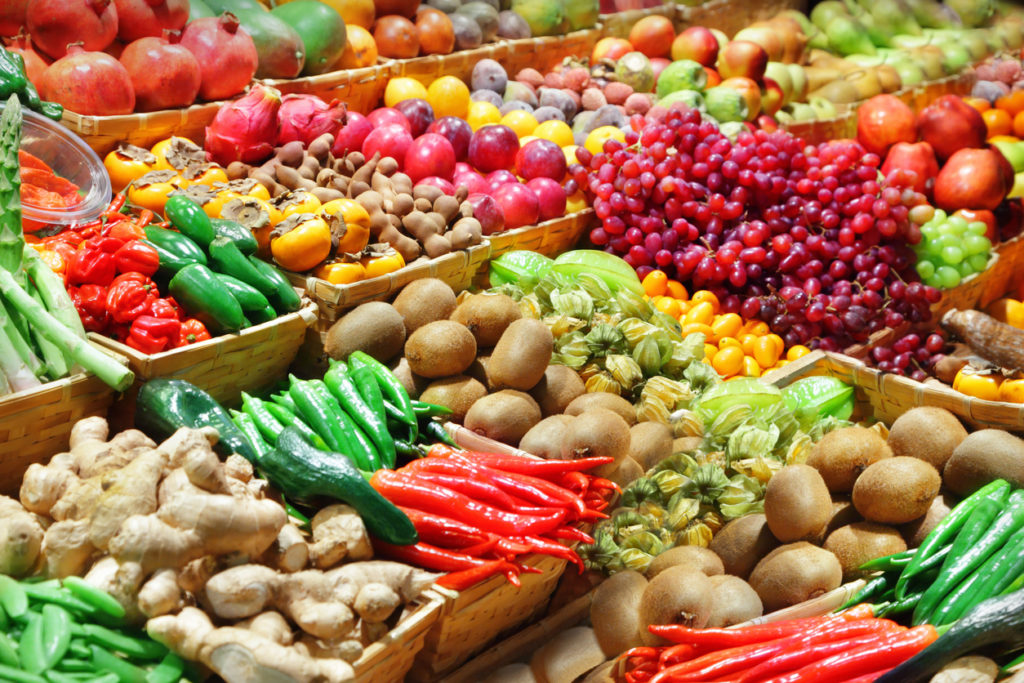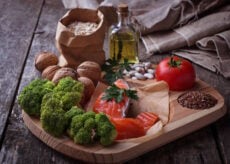The TRUTH About Eating Organic…

You’ve probably heard there are benefits to eating organic, but if you’re like most people, you may still be a tad confused about the whole “organic” thing (as indicated by all the organic-related emails regularly found in my inbox).
Perhaps you’ve wondered, “What makes something ‘organic,’ and why is it better than the regular stuff?” Or maybe, “What makes organic produce so darned expensive? Is there any way to enjoy it without burning a hole in my wallet?”
Coach Josh to the rescue.
We’ll start with some boring (yet helpful) definitions.

What Does Eating Organic Even Mean?
For a food to be certified organic, it must meet certain USDA criteria. For vegetables and fruits, this means the produce must be grown without using most conventional pesticides, fertilizers made with synthetic ingredients or sewage sludge, bioengineering, or ionizing radiation.
There’s other criteria when talking about meat, but for today, we’ll stick with produce.
The benefits of eating organic—particularly produce—are that produce grown under organic standards have been shown to provide significantly greater amounts of powerful compounds called phytochemicals (i.e., plant chemicals)—which have potent fat-fighting, age-defying, antioxidant properties—while reducing exposure to potentially harmful pesticide residues, heavy metals, and antibiotic-resistant bacteria.1,2
In other words, you get a lot more of the good stuff and less of the potentially harmful stuff—pretty much a great trade-off any way you look at it.

Cutting Through Cost Concerns
As far as cost is concerned, if you’re buying organic produce at a typical supermarket, then yes, you will generally pay considerably more than the conventional versions of these same fruits and veggies.
That said, a simple solution is to shop elsewhere for your organic needs. A great solution I personally use is to buy a “share” of the season’s harvest at a local farm, known as community supported agriculture or “CSA,” for short. Basically, I’ve got all the organic produce I could dream of from June through Thanksgiving—for a very reasonable price.
You can get a list of local CSA farms near you by visiting localharvest.org
Another alternative to joining a local CSA is simply stopping by your local farmers’ market. Health-food stores are a third option, but I’d recommend checking out circulars and going for what’s on sale when shopping at these outlets. Otherwise, your wallet might still feel the impact.
Fresh, in-season, organic produce can be just as affordable, if not more so, than the regular stuff at the grocery store. And you’ll also likely notice a significant improvement in taste. Don’t believe me? Try the tomato test. Grab an organic tomato from your local farmers’ market and a “conventional” tomato from the grocery store, slice them up, and compare. Look at the color and texture, and then close your eyes and taste. Amazing, right?!
Buying in bulk can further decrease costs. As we all know, that 5-gallon tub of mayonnaise is always a steal compared to the cost of the equivalent 20 individual jars.
Remember, produce will always be cheaper in-season, so stock up at the right time and then freeze the rest. (Frozen produce can easily last months once purchased and will still taste great. Simply thaw and enjoy.) This gives you the double-whammy savings of buying in-season and in larger quantities. The end result—fat-burning, healthy food at a massive discount!






